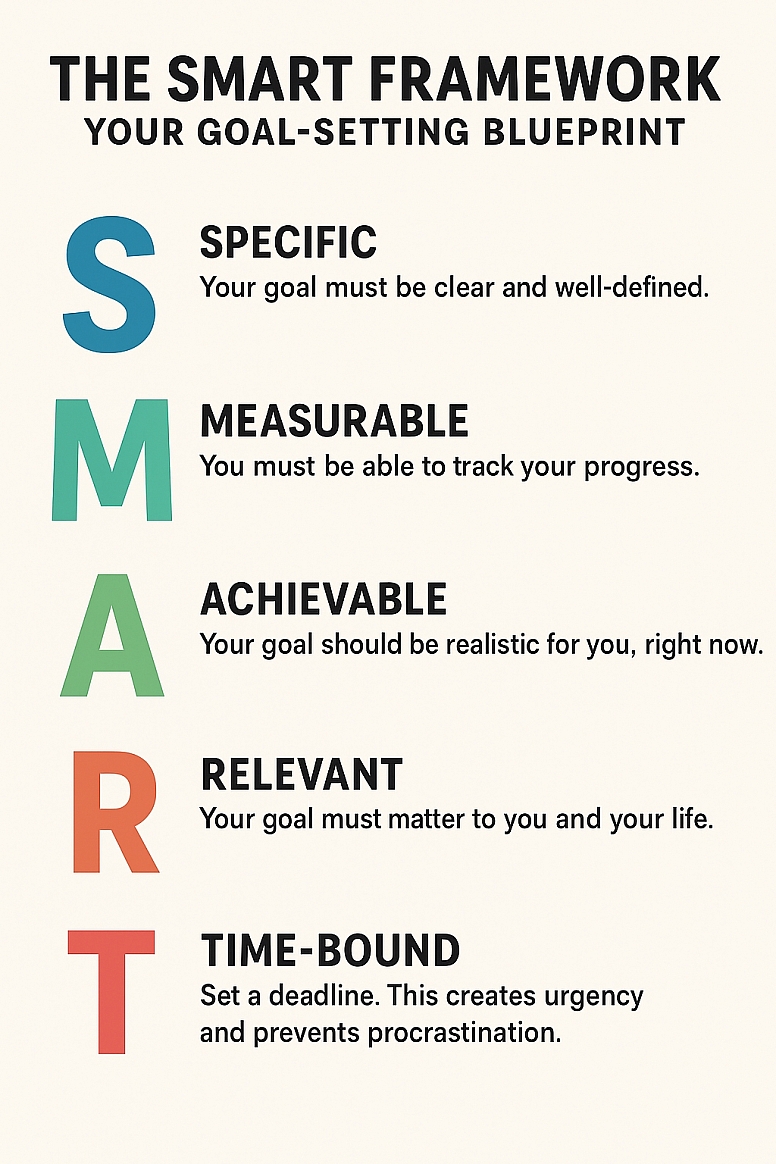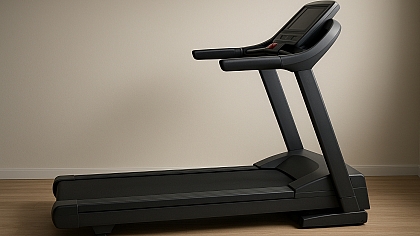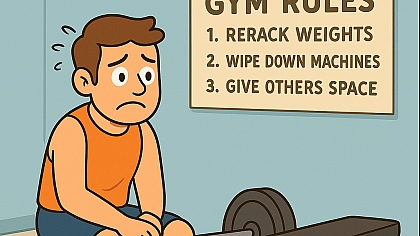
How to Set Realistic Fitness Goals (And Actually Stick to Them)
Stop the Cycle of Starting Over
You get motivated, go all-in for a week, then life gets busy. You miss a few days, feel guilty, and quit. This cycle is frustrating and incredibly common. The problem is rarely a lack of willpower. The problem is the goal itself. Vague, overly ambitious targets set you up for failure. Learning to set the right kind of goal is the first and most important step in your fitness journey.
Why Most Fitness Goals Fail
People often begin with an exciting but poorly defined idea. "I want to get fit," "I want to lose weight," or "I want to get toned." These are dreams, not goals. They lack a clear finish line and an actionable plan. Without a clear target, you have no way to measure progress or know what to do today. This leads to confusion, loss of motivation, and eventually, quitting.
The SMART Framework: Your Goal-Setting Blueprint
To avoid this, use the SMART framework. This method turns a vague wish into a concrete plan.

-
S - Specific: Your goal must be clear and well-defined.
- Vague: "I want to get in shape."
- Specific: "I want to be able to run a 5K without walking."
-
M - Measurable: You must be able to track your progress.
- Immeasurable: "I want to get stronger."
- Measurable: "I want to be able to do 10 full push-ups."
-
A - Achievable: Your goal should be realistic for you, right now.
- Unachievable: "I will work out for two hours every day." (If you're new)
- Achievable: "I will complete three 30-minute workouts this week."
-
R - Relevant: Your goal must matter to you and your life.
- Irrelevant: "I want to get six-pack abs because someone told me to."
- Relevant: "I want to build core strength to eliminate my lower back pain."
-
T - Time-Bound: Set a deadline. This creates urgency and prevents procrastination.
- Open-ended: "I want to lose weight someday."
- Time-Bound: "I want to lose 10 pounds in the next 90 days."
Turning Your Big Goal into Daily Actions
A large goal can feel overwhelming. The key is to break it down into tiny, daily behaviors that are impossible to fail.
Example Goal: "I will run a 5K in 10 weeks."
This big goal is SMART. But what do you do today? You break it down.
- Weekly Action: Follow a Couch to 5K running plan.
- Today's Action: Complete the Week 1, Day 1 workout (run/walk intervals).
- Right Now Action: Put on my running shoes and walk out the door.
Focusing on the smallest action ("put on my shoes") removes the mental barrier. You don't have to run 5K today; you just have to put on your shoes. The next step naturally follows.
How to Build Consistency That Lasts
The plan is nothing without consistency. These strategies make sticking to your plan easier.
-
Habit Stacking: Attach your new fitness habit to an existing one.
- "After I pour my morning coffee, I will do 10 minutes of stretching."
- "After I get home from work, I will immediately change into my workout clothes."
-
Track Your Progress: Use a simple calendar or journal. Put a big "X" on every day you complete your planned action. This visual chain of success is powerfully motivating. Your only job is to "not break the chain."
-
Focus on Behavior, Not Outcomes: You cannot directly control the number on the scale. You can control whether you go for a walk today. By focusing on the behaviours you can control (showing up, drinking water, eating vegetables), the outcomes (weight loss, better health) will naturally follow.
-
Plan for Obstacles: Life will get in the way. Plan for it.
- "If I have a late work meeting, I will do a 15-minute home workout instead of going to the gym."
- "If I feel tired, I will commit to just 10 minutes of exercise. I can quit after that." (You usually won't).
Your Next Step is a Small One
The path to achieving a big fitness goal is paved with small, consistent actions. Stop worrying about the mountain in the distance. Focus on the simple step you can take right in front of you. A goal without a plan is just a wish. A SMART goal with a daily action plan is a promise you make to yourself.
What is the one small thing you will do today?
Frequently Asked Questions
What if I miss a day? Do not panic. Do not quit. Everyone misses days. The key is to treat it as a single oversight, not a total failure. Simply get back on track with your very next planned workout. Consistency is about the long-term pattern, not perfection.
How do I know if my goal is realistic? Be honest about your current fitness level and schedule. If you've never run a marathon, next month is not realistic. A 5K in three months is. If you work 60 hours a week, vowing to work out for two hours daily is not realistic. Scheduling three 30-minute sessions is.
Should I tell people my goals? This is personal. Telling supportive friends can create accountability. However, for some, announcing a goal can create a premature sense of accomplishment, reducing motivation. A good middle ground is to find one accountability partner—a friend who checks in on your progress.
What should I do when I lose motivation? Motivation is fleeting. Discipline is reliable. When motivation fades, rely on your pre-planned schedule and tiny habits. Go back to your "right now action." Just put on your shoes. Often, starting is the only hurdle.









